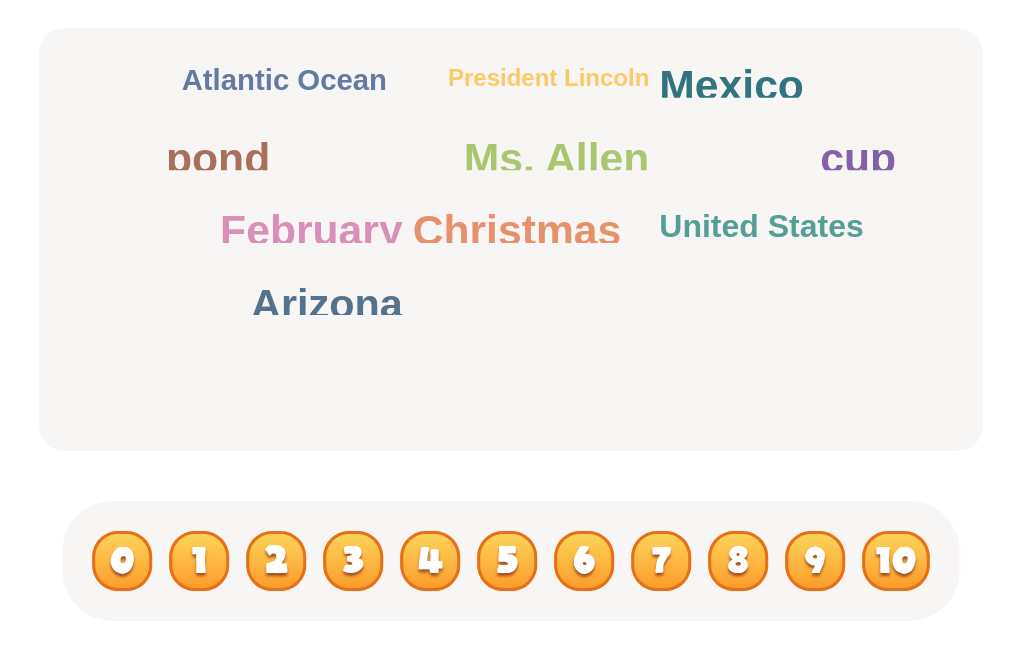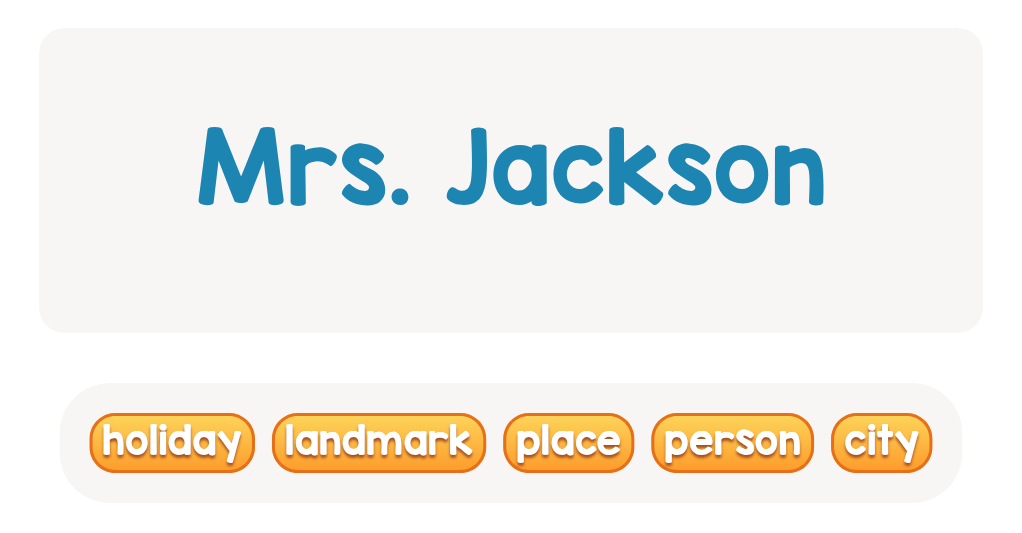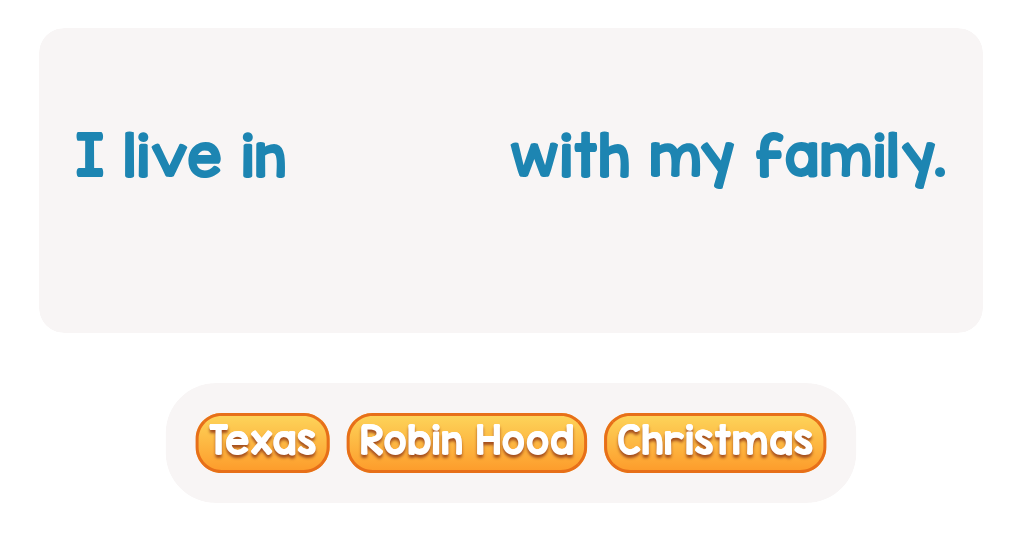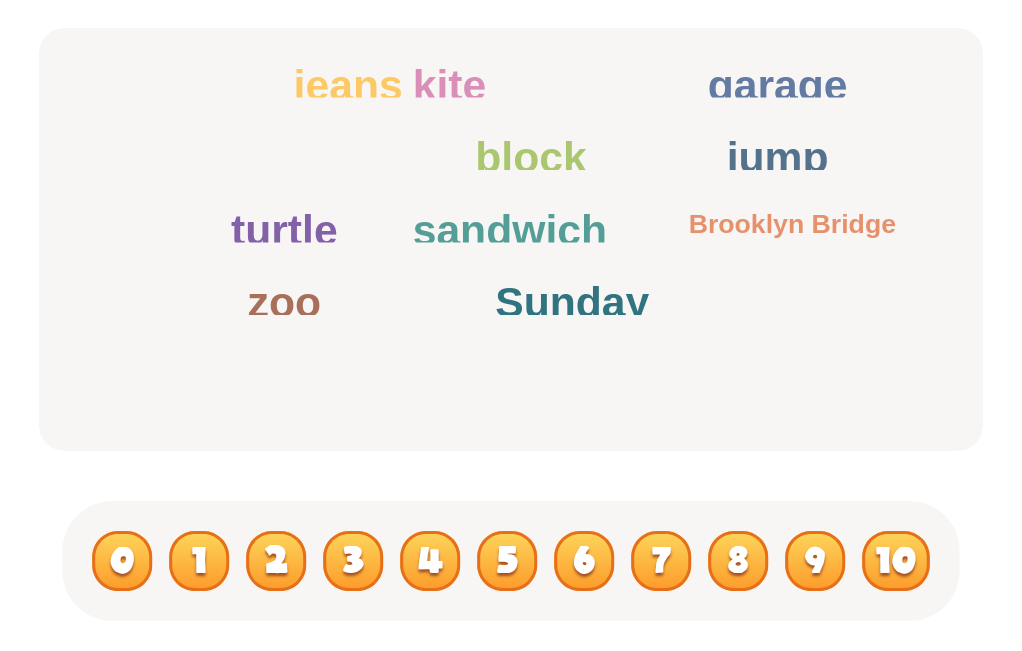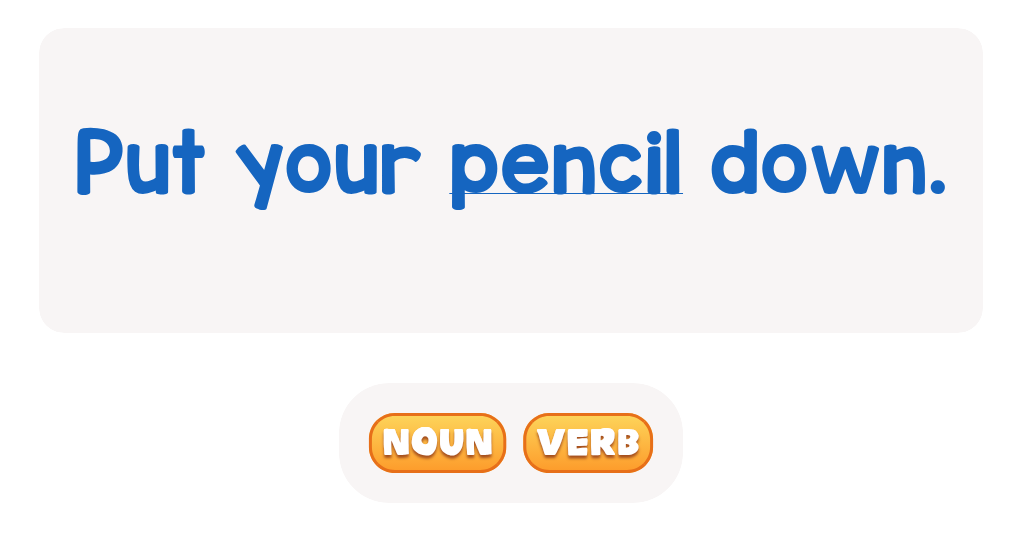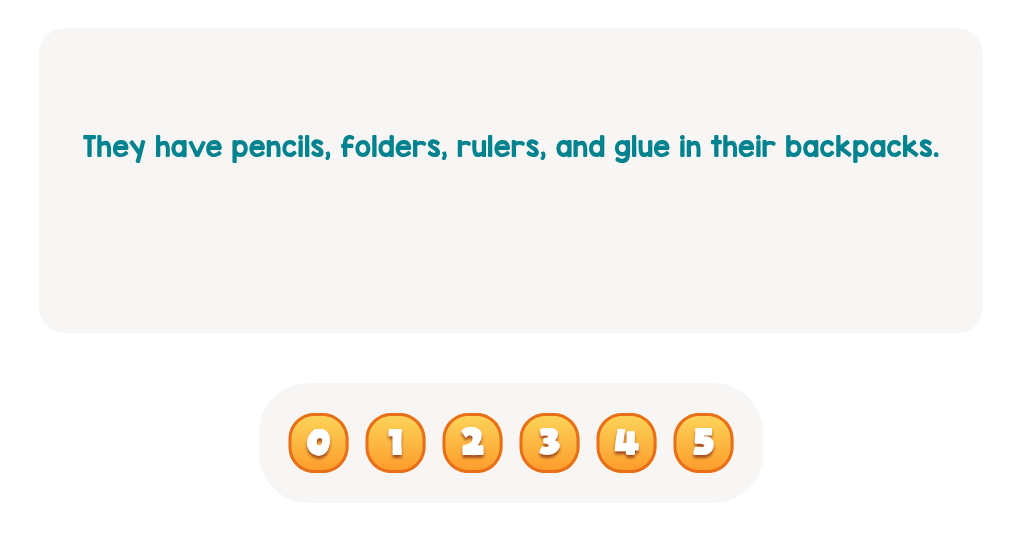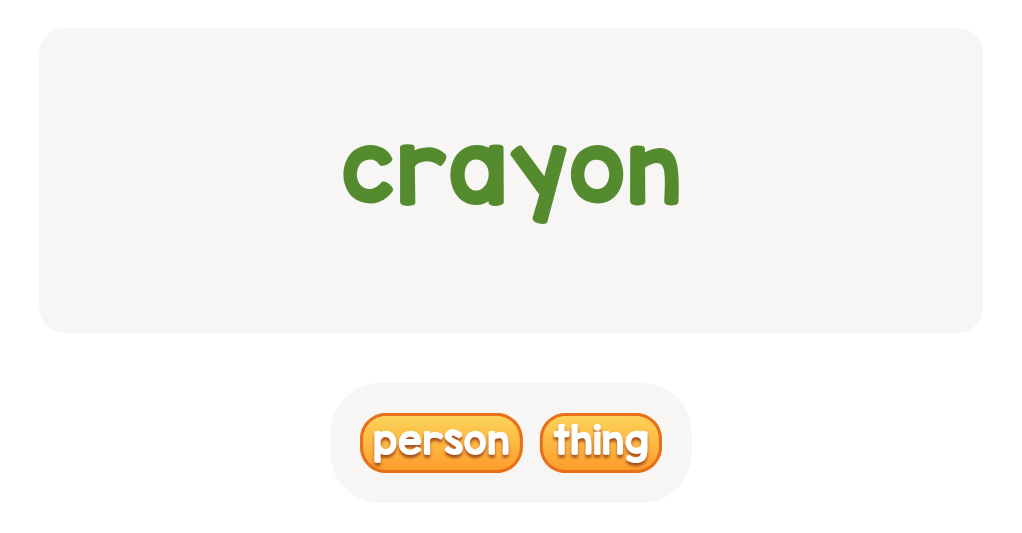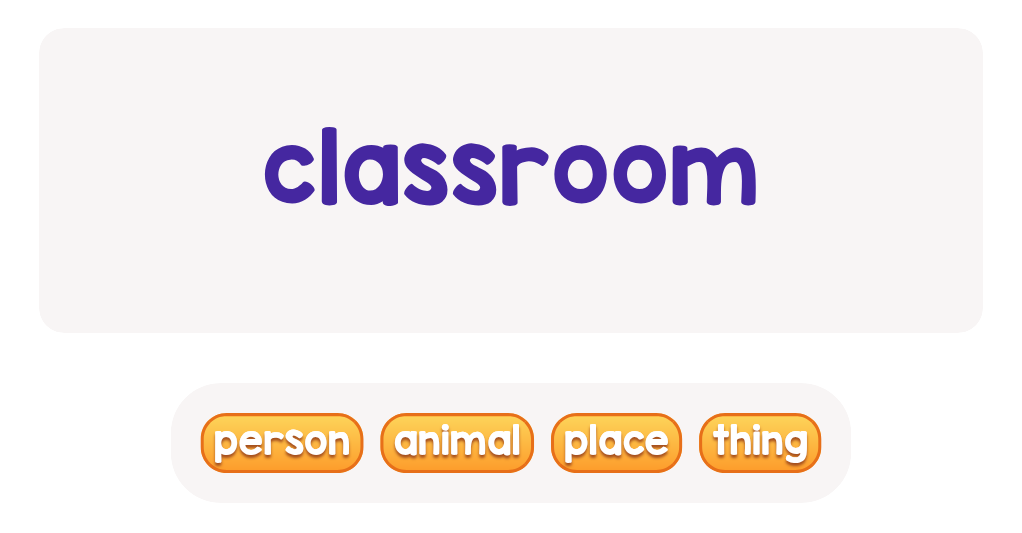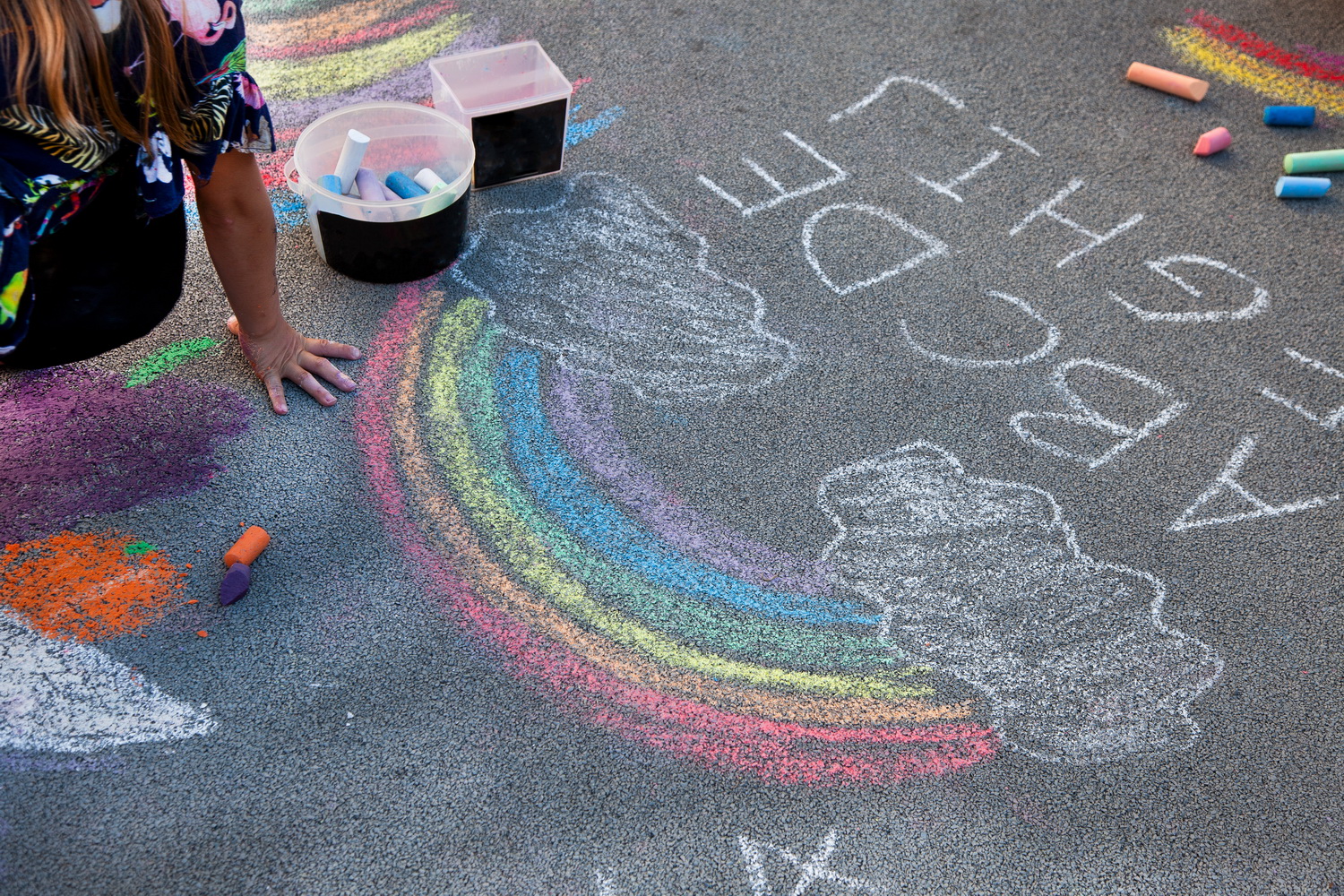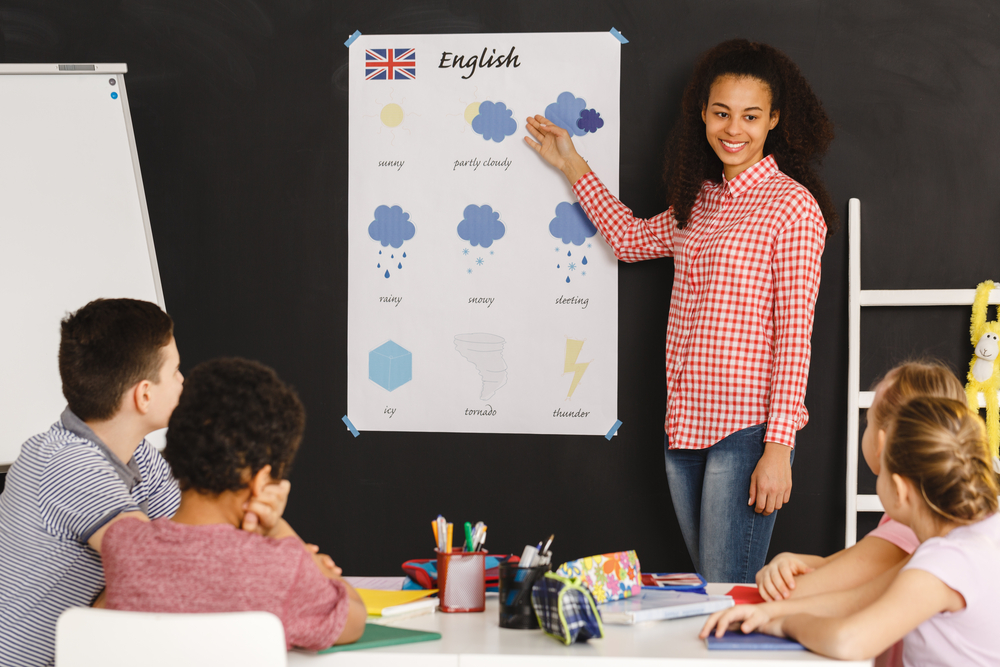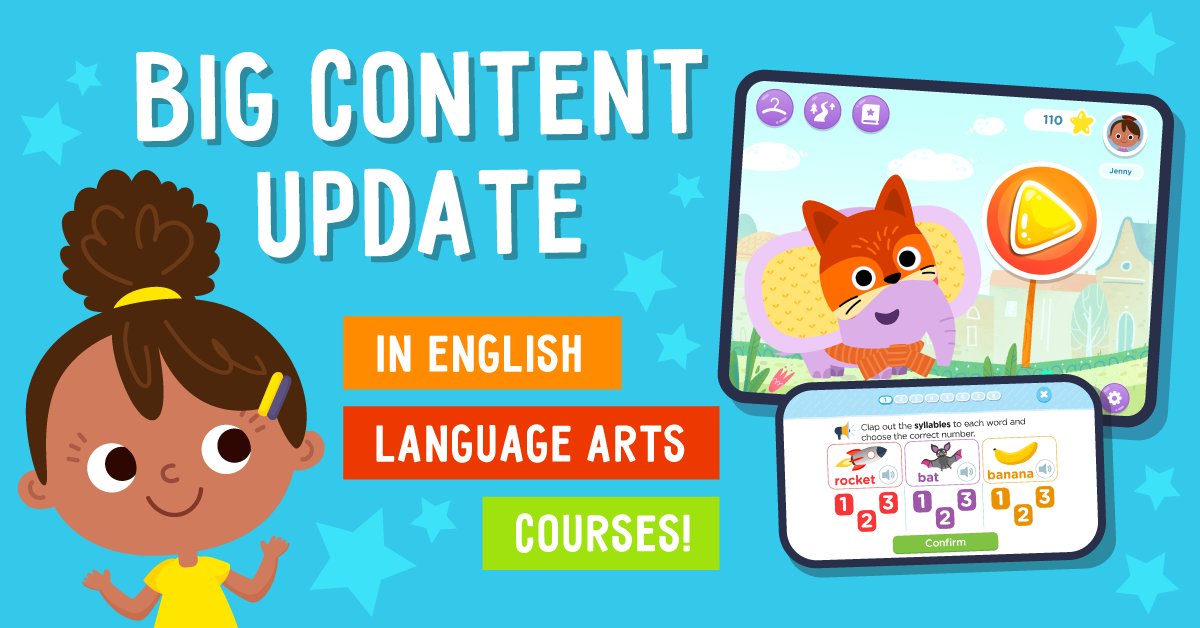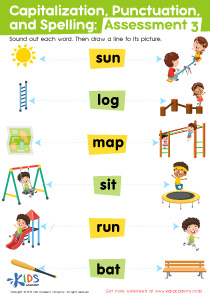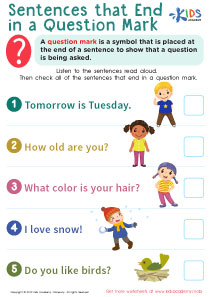Word identification Grammar Worksheets for Ages 7-8
7 filtered results
-
From - To
Discover our engaging Word Identification Grammar Worksheets designed specifically for children aged 7-8. These interactive worksheets aim to enhance vocabulary and comprehension skills through fun activities that encourage young learners to identify and use words accurately. With a diverse range of exercises, including matching, fill-in-the-blanks, and word sorting, these printable resources make learning grammar exciting and effective. Ideal for classroom settings or at-home practice, our worksheets promote critical thinking and boost confidence in writing. Help your child master word identification and pave the way for their future literacy success! Explore our collection today and ignite a love for language learning!
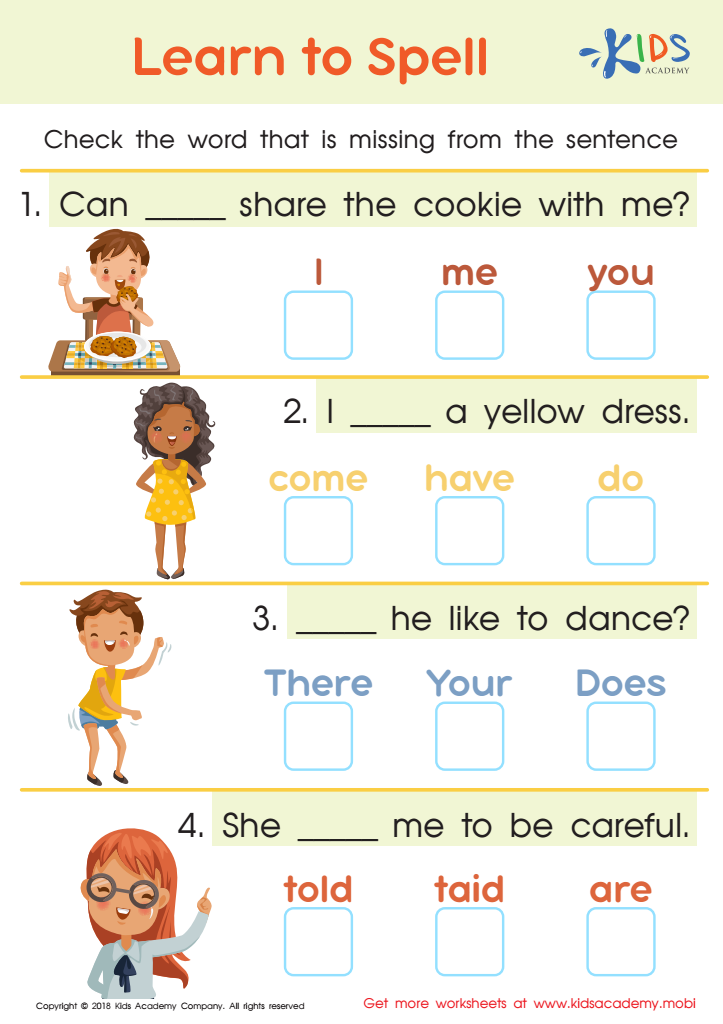

Learn to Spell Worksheet
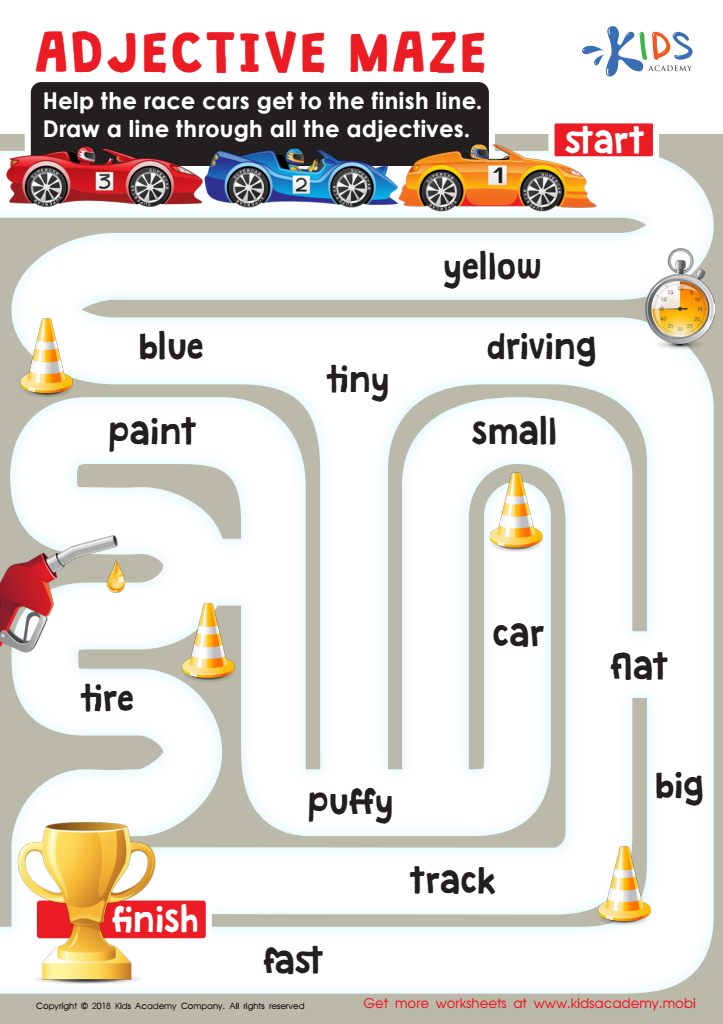

Adjective Maze Worksheet


Phonics and Word Recognition: Assessment 1 Worksheet
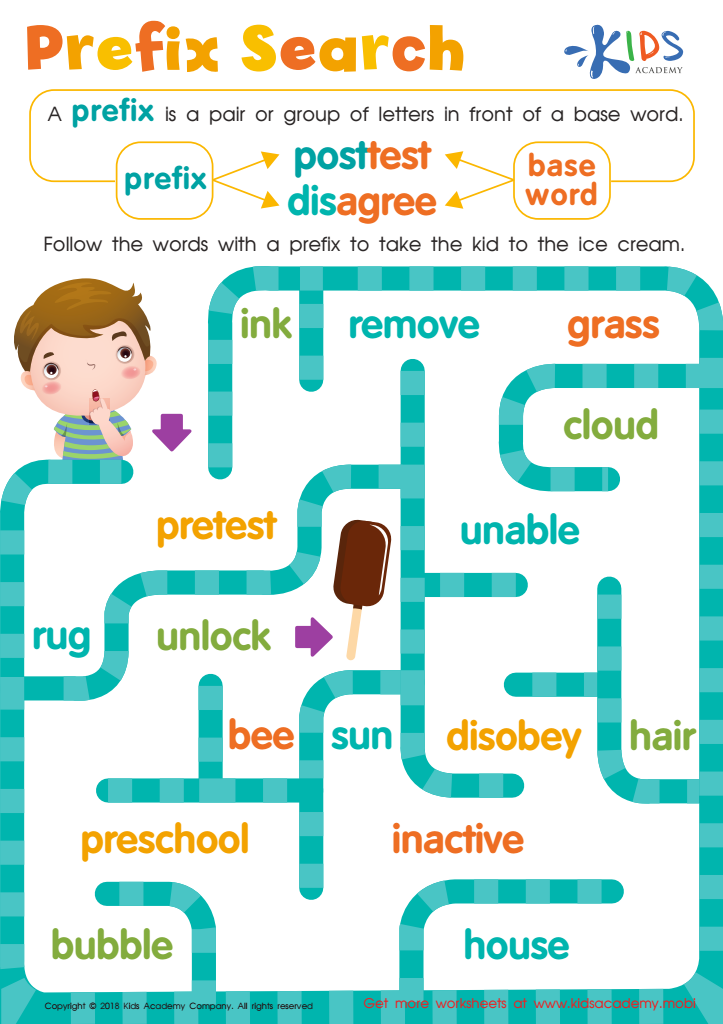

Reading: Prefix Search Worksheet
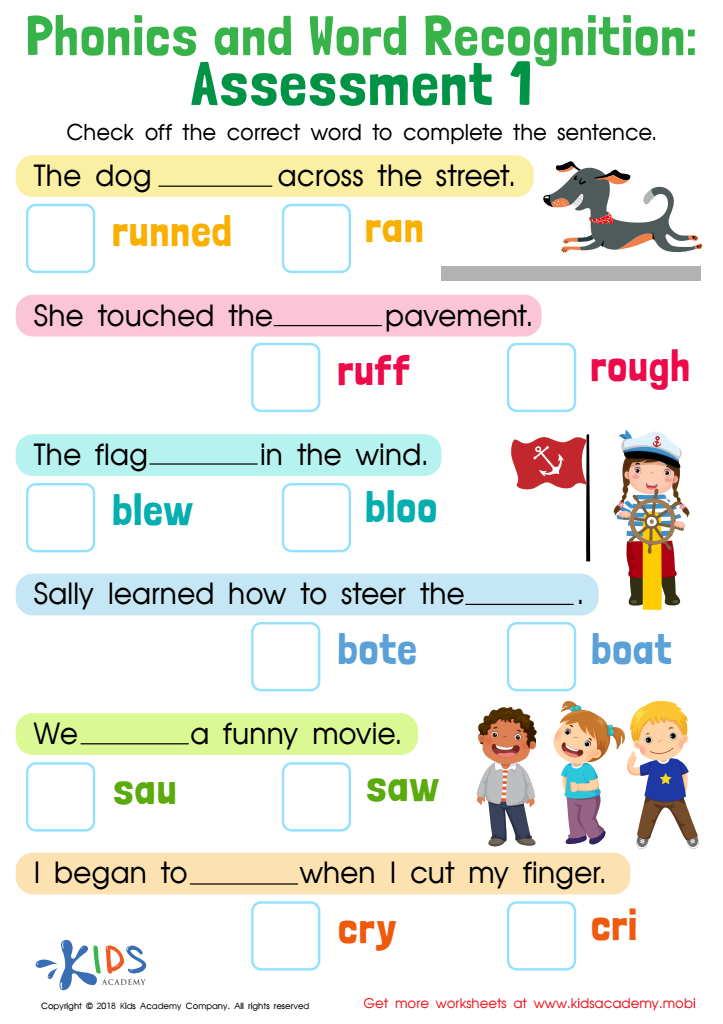

Phonics and Word Recognition: Assessment 1 Worksheet
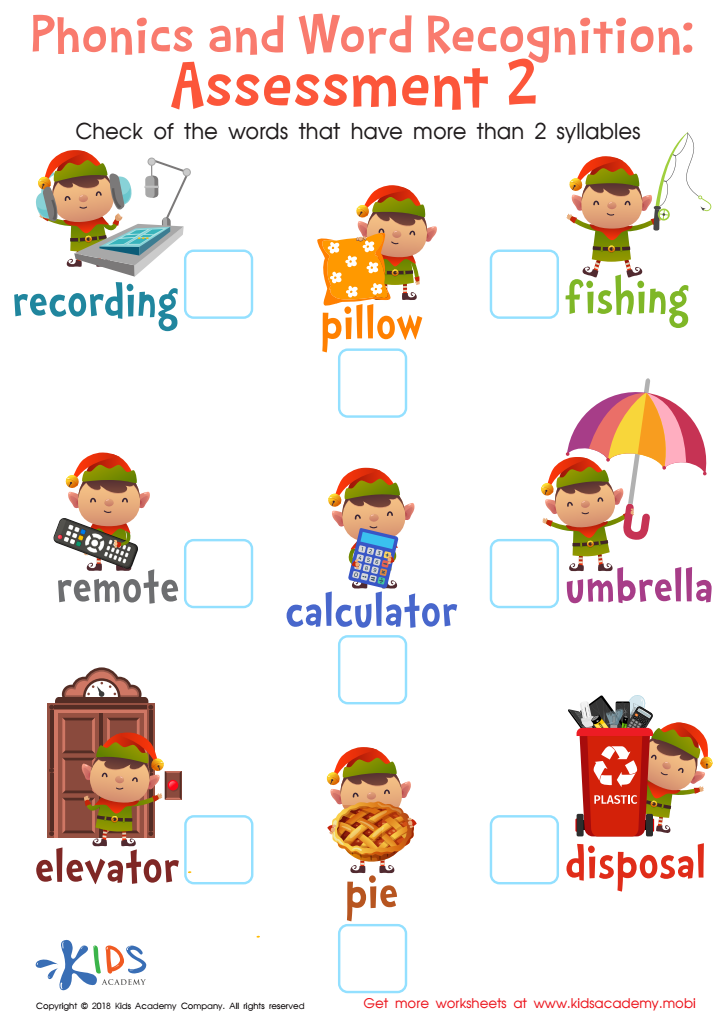

Phonics and Word Recognition: Assessment 2 Worksheet


Phonics and Word Recognition: Assessment 2
Word identification and grammar are critical components of literacy development for children aged 7-8, a stage marked by significant cognitive growth and learning. At this age, children transition from learning to read to reading to learn. Proficient word identification skills empower them to recognize and understand new vocabulary, allowing them to engage with increasingly complex texts. By mastering this skill, children gain confidence in their reading abilities, which directly impacts their overall academic achievement.
Moreover, a solid grasp of grammar provides children with the tools to construct sentences correctly and communicate effectively. Understanding grammatical structures fosters their writing skills, enabling them to express their thoughts clearly and concisely. As children start to analyze sentence construction, they develop critical thinking skills that enhance their comprehension.
For parents and teachers, investing time and resources in developing word identification and grammar skills is essential. By doing so, educators equip children with a strong foundation for future learning, encouraging a love for reading and writing. Moreover, these skills are foundational for success in subjects beyond language arts, cultivating lifelong learners. Engaging and supportive environments that prioritize these skills foster literacy, which in turn nurtures self-esteem, curiosity, and a desire for knowledge.
 Assign to My Students
Assign to My Students

